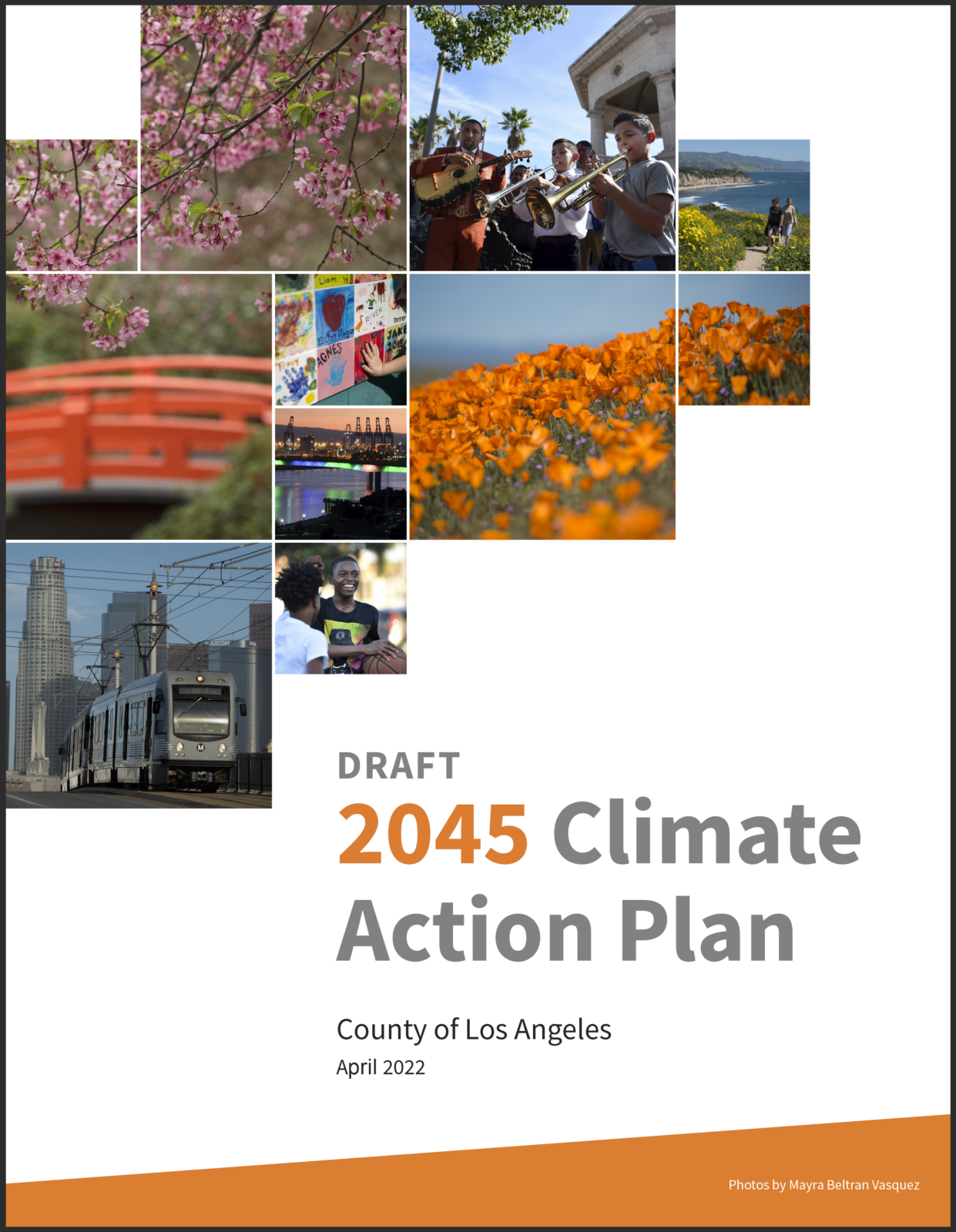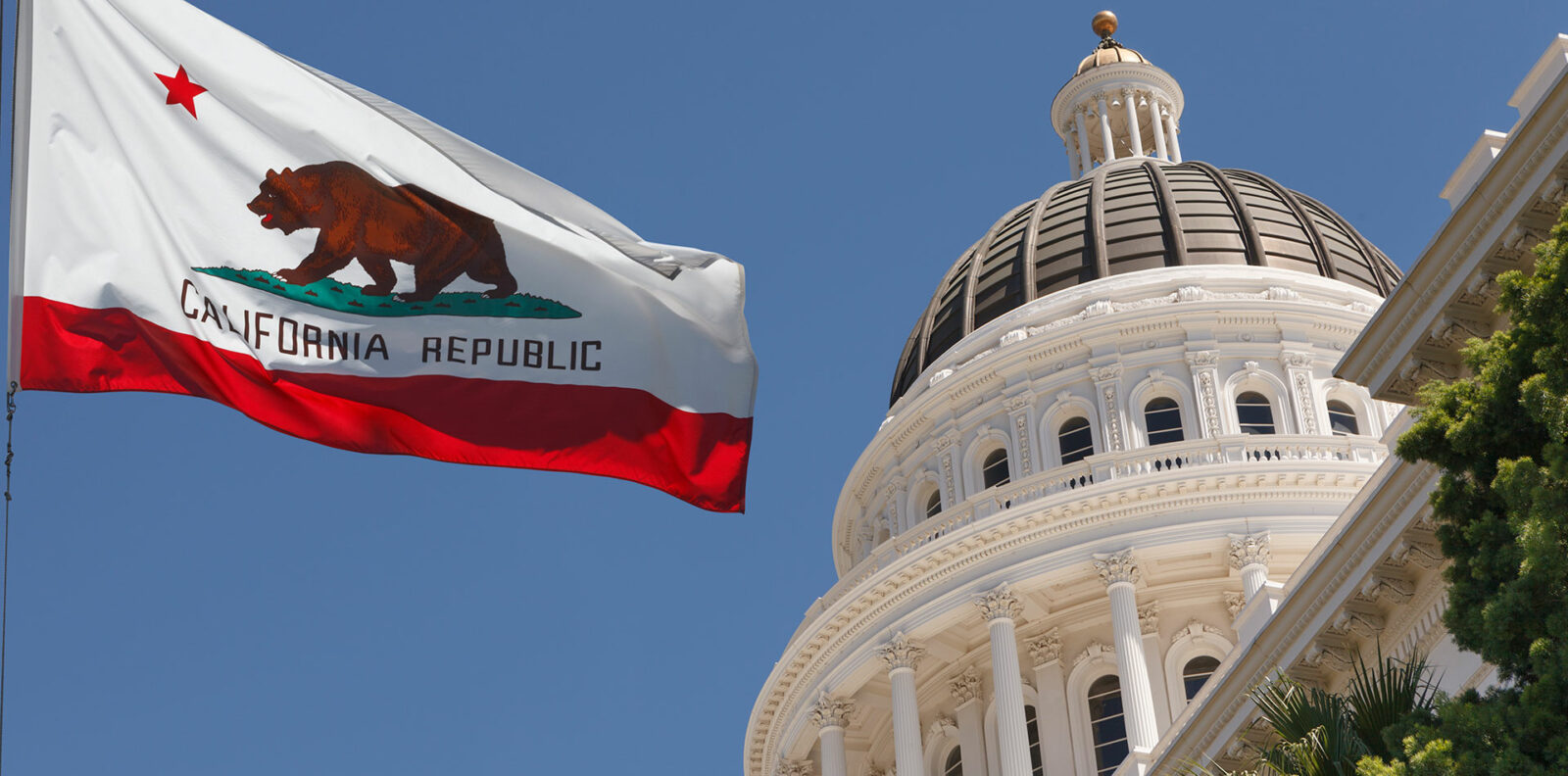ESA’s team of climate adaptation and resilience experts continue to work with clients up and down the West Coast to develop Climate Action Plans (CAPs) that lay out actionable and measurable steps to reduce greenhouse gas (GHG) emissions.
From Governor Arnold Schwarzenegger’s Assembly Bill 32 (the Global Warming Solutions Act of 2006) and Executive Order S-3-05 (which expressed the intent of the State of California in 2005 to address the issue of climate change through reducing GHG emissions) to Governor Jerry Brown’s Executive Order B-55-18 (which established a statewide goal of achieving carbon neutrality by 2045), two things are clear:
(1) Preventing or mitigating climate change is a key component of the state’s sustainable future.
(2) Local governments play a key role in reducing communitywide emissions through their control over local land use planning.
For local jurisdictions that undertake GHG emissions reduction efforts by developing a CAP, there is an additional incentive besides addressing climate change in the programs, projects, and activities within their authority: California Environmental Quality Act (CEQA) streamlining for future development.
The CEQA Guidelines specify that the CEQA evaluation of a project’s GHG emissions can be streamlined if the CAP does the following (CEQA Guidelines Section 15183.5):
- Quantifies current and future GHG emissions for the area where the project is located
- Establishes a GHG emissions reduction target that represents a level of cumulative significance
- Calculates GHG emission reductions from specific actions
- Identifies measures and performance standards that would collectively achieve the GHG emissions reduction target if implemented on a project-by-project basis
- Includes a plan for monitoring the CAP’s progress toward achieving the target
- Is publicly adopted after environmental review
Released for public review in late April, the Los Angeles County’s Draft 2045 CAP achieves substantial GHG emission reductions for the unincorporated areas of the county. ESA led development of the CAP and a simultaneous Program Environmental Impact Report (PEIR), allowing future development projects to streamline their analyses of GHG impacts.
The PEIR process will ensure that the 2045 CAP will meet the requirements of CEQA Guidelines Section 15183.5, making the 2045 CAP a “qualified” GHG emissions reduction plan.
Accomplishing this would allow for future project‐specific CEQA documents to find that project-level GHG emissions are not cumulatively considerable if the project complies with the 2045 CAP, thereby streamlining future project-level environmental review in Los Angeles County.
On July 8, 2022, the public review period for the Draft PEIR and CAP closed, bringing Los Angeles County one step further along the path to meeting its climate action goals. If you would like to learn more about CAPs and how CEQA streamlining can help your community plan for effective and meaningful climate action, please reach out to Brian Schuster.








